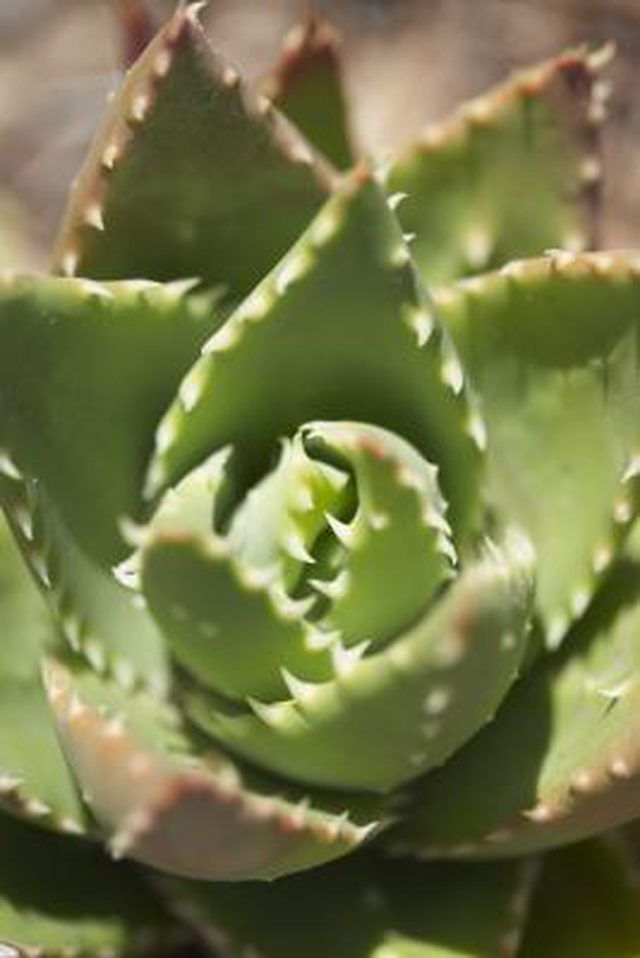Bulbs
Flower Basics
Flower Beds & Specialty Gardens
Flower Garden
Garden Furniture
Garden Gnomes
Garden Seeds
Garden Sheds
Garden Statues
Garden Tools & Supplies
Gardening Basics
Green & Organic
Groundcovers & Vines
Growing Annuals
Growing Basil
Growing Beans
Growing Berries
Growing Blueberries
Growing Cactus
Growing Corn
Growing Cotton
Growing Edibles
Growing Flowers
Growing Garlic
Growing Grapes
Growing Grass
Growing Herbs
Growing Jasmine
Growing Mint
Growing Mushrooms
Orchids
Growing Peanuts
Growing Perennials
Growing Plants
Growing Rosemary
Growing Roses
Growing Strawberries
Growing Sunflowers
Growing Thyme
Growing Tomatoes
Growing Tulips
Growing Vegetables
Herb Basics
Herb Garden
Indoor Growing
Landscaping Basics
Landscaping Patios
Landscaping Plants
Landscaping Shrubs
Landscaping Trees
Landscaping Walks & Pathways
Lawn Basics
Lawn Maintenance
Lawn Mowers
Lawn Ornaments
Lawn Planting
Lawn Tools
Outdoor Growing
Overall Landscape Planning
Pests, Weeds & Problems
Plant Basics
Rock Garden
Rose Garden
Shrubs
Soil
Specialty Gardens
Trees
Vegetable Garden
Yard Maintenance
How to Grow Succulents in Moss
How to Grow Succulents in Moss. Succulent plants have thick leaves or shoots that retain water to survive in the arid or semi-arid environments where they grow naturally. Along with very little need for water, succulents have the ability to grow in moss. Combined, these traits make it easy for you to grow these plants indoors or outdoors....

Succulent plants have thick leaves or shoots that retain water to survive in the arid or semi-arid environments where they grow naturally. Along with very little need for water, succulents have the ability to grow in moss. Combined, these traits make it easy for you to grow these plants indoors or outdoors. Rosette-shaped plants like Sempervivum tectorum, "hen and chicks," and the small, round leaves of the Crassula, "compact jade," grow well in simple moss-lined topiaries.
Things You'll Need
Newspaper
Wire topiary frame
Sphagnum moss
Succulent clippings
Floral wire
Water
Wooden picture frame, 11 inches by 13 inches
Chicken wire
Wire cutters
Staple gun
Succulents Topiary
Cover a flat work surface with newspaper. The paper makes cleaning up the messy moss a breeze.
Place the wire topiary frame on the work surface. You can find wire topiary frames in various shapes and sizes. A butterfly-shaped topiary frame or a round wire ball to set on an upside-down container in the yard would work well.
Press a thick amount of sphagnum moss into the wire frame. Fill the inside of the wire frame with the moss so the moss is visible from the front and back.
Insert your succulent plant cutting into the moss on only one side of the wire frame. Plant at least six to eight clippings in the moss.
Water the moss and leave it flat on a work surface for at least four weeks before moving it. The plant clippings need this time to take root. Water the succulents once per week.
Picture Frame Succulents Wall Display
Prepare a flat work surface with newspapers. Take the glass and backing out of a wooden picture frame and set it on the work surface.
Turn the frame over and place a piece of chicken wire cover the back of the frame. Use wire cutters to clip the wire to fit evenly on the back of the wood frame. Secure the chicken wire to the back of the frame with the staple gun.
Press pieces of sphagnum moss into the chicken wire. Insert floral wire through the moss and wrap it around the wire.
Insert succulent clippings into the moss. Place four to six small succulents in the frame and leave some moss showing for additional decorations.
Water the moss and let the frame sit for at least four weeks for the clippings to take root. Water the succulent plants once per week.
Tips & Warnings
Broaden your horizons with different succulent designs such as a holiday wreath out of wire and sphagnum moss.
Hang the moss-filled picture frame on an outdoor garden wall.